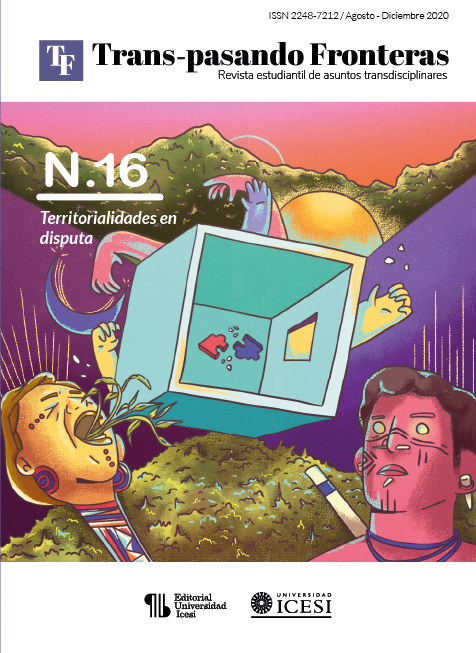El gesto es parte del discurso y apoya el aprendizaje
DOI:
https://doi.org/10.18046/retf.i16.4163Keywords:
gesto, aprendizaje, comunicación, educación, lenguajeAbstract
It is known that gesture benefits learning, however, a description about the functioning of some of its mechanisms is still under study. This document is the product of reflection on the embodied actions of communication of teachers and students in the classroom. To begin with, a theoretical contextualization of the field of study is made, going through the proposal on non-verbal behavior, and ending with the posture that goes beyond the notion of non-verbal language. With the purpose of understanding some of its advances, a review was made based on empirical research that relates the gesture with learning processes and in five extracts from the data corpus of the Interactive Alignment project that were constructed according to the conventions of Gail Jefferson for the transcription and Mondada for the analysis of social interactions in video; the posture that conceives the gesture as an intrinsic image of language was adopted. In conclusion, there are advantages to the use of gestures in terms of mechanisms associated with attention, language and memory. This suggests the possibility of implementing embodied actions as part of pedagogical strategies in the classroom. It also invites observation of one's own actions in the process.
Downloads
Downloads
Published
Issue
Section
License
Trans-pasando Fronteras provides immediate open access to its content on the principle that making research freely available to the public supports a greater global exchange of knowledge.
© Authors hold copyright and publishing rights without restrictions but in accordance with the CC license.
All the material in this publication can be reproduced as long as reference is made to title, author and institutional source.







